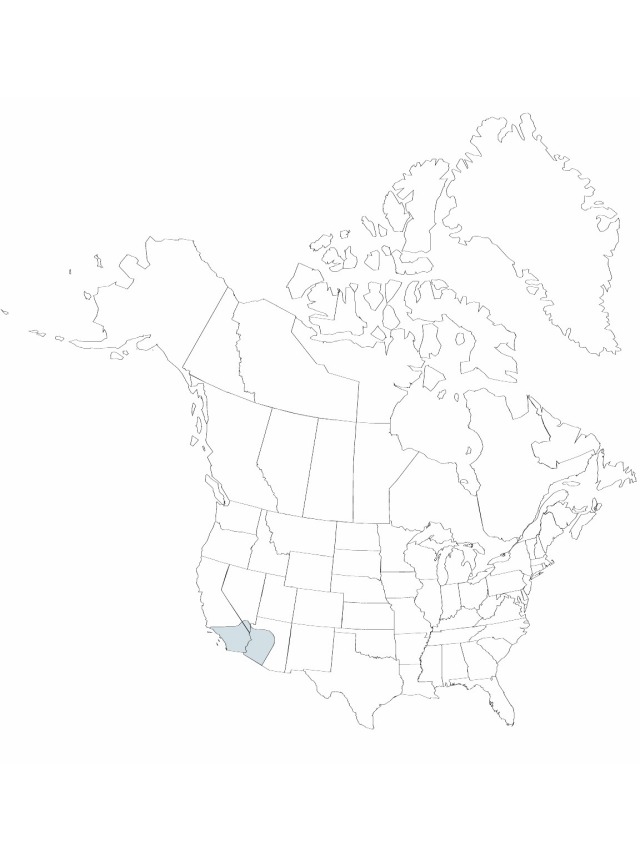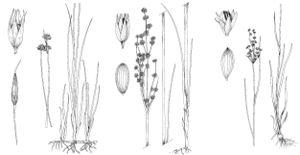Difference between revisions of "Juncus macrophyllus"
University of California Publications in Botany 1: 65. 1902.
imported>Volume Importer |
imported>Volume Importer |
||
| Line 66: | Line 66: | ||
|publication year=1902 | |publication year=1902 | ||
|special status=Illustrated;Endemic;Conservation concern | |special status=Illustrated;Endemic;Conservation concern | ||
| − | |source xml=https:// | + | |source xml=https://bitbucket.org/aafc-mbb/fna-data-curation/src/2e0870ddd59836b60bcf96646a41e87ea5a5943a/coarse_grained_fna_xml/V22/V22_600.xml |
|genus=Juncus | |genus=Juncus | ||
|subgenus=Juncus subg. Graminifolii | |subgenus=Juncus subg. Graminifolii | ||
Latest revision as of 20:32, 5 November 2020
Herbs, perennial, tufted, 2–10 dm. Rhizomes poorly developed. Culms erect, nearly terete to slightly compressed, never rooting at nodes. Leaves: basal several, cauline 1–3; auricles rounded, 1–3 mm, apex acutish, membranous; blade pale green, basal blade striate, channeled, basal 1/2–1 times length of culm; cauline 8–15 cm × 1–3 mm. Inflorescences glomerules, 8–25, each with 3–5 flowers, open; primary bract much shorter than inflorescence. Flowers: tepals greenish with reddish or brown tinge, lanceolate, 5–6 mm, outer series shorter; stamens 6, filaments 0.5–1 mm, anthers 1.8–2.6 mm; style 0.5–1 mm. Capsules tan, 3-locular, obovoid, 3–4.5 mm, shorter than perianth. Seeds ovoid, 0.6 mm, not tailed.
Phenology: Flowering and fruiting summer.
Habitat: Wet banks and meadows in chaparral and low mountains
Elevation: 700–2600 m
Distribution

Ariz., Calif., Nev.
Discussion
Selected References
None.
